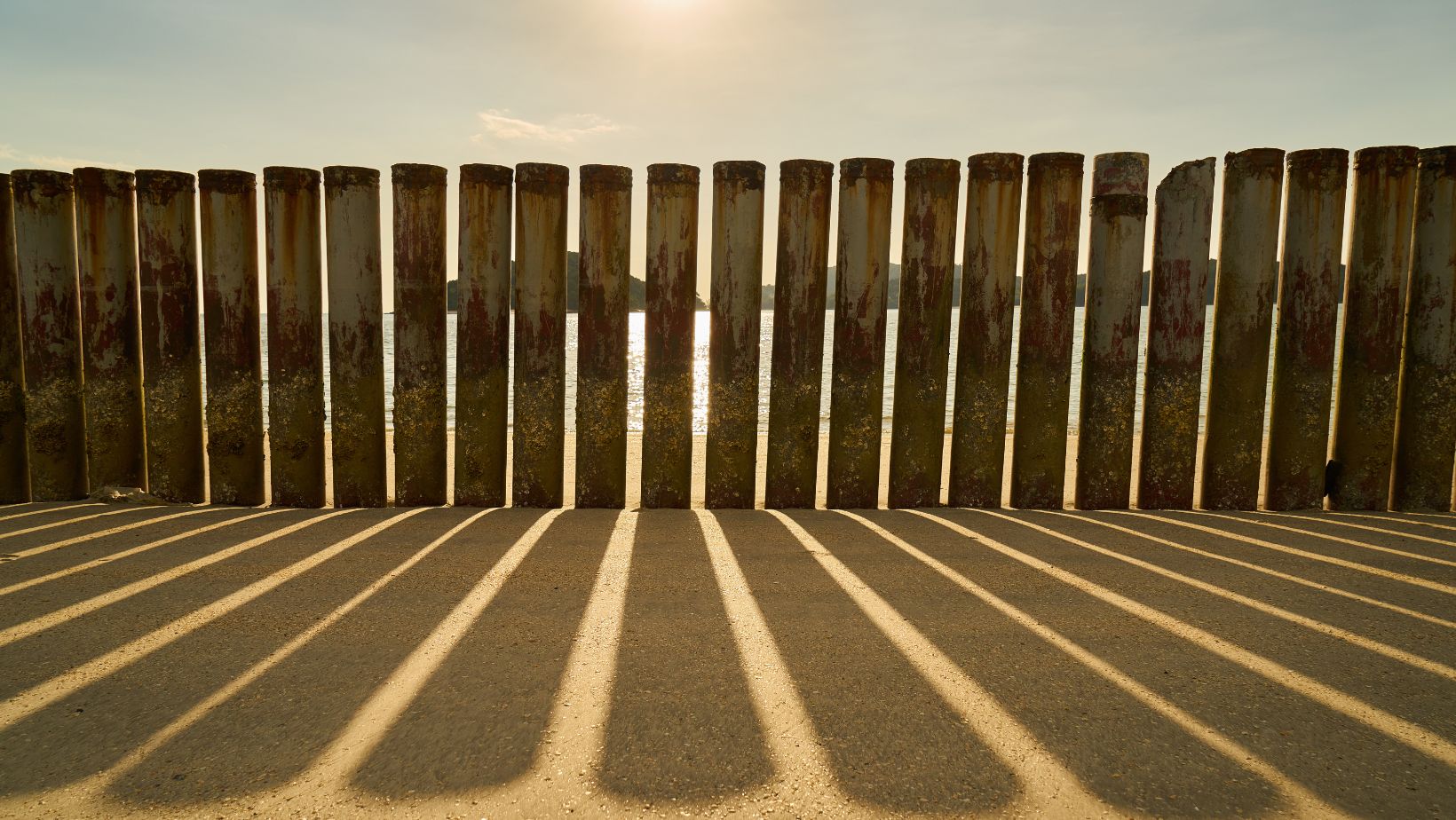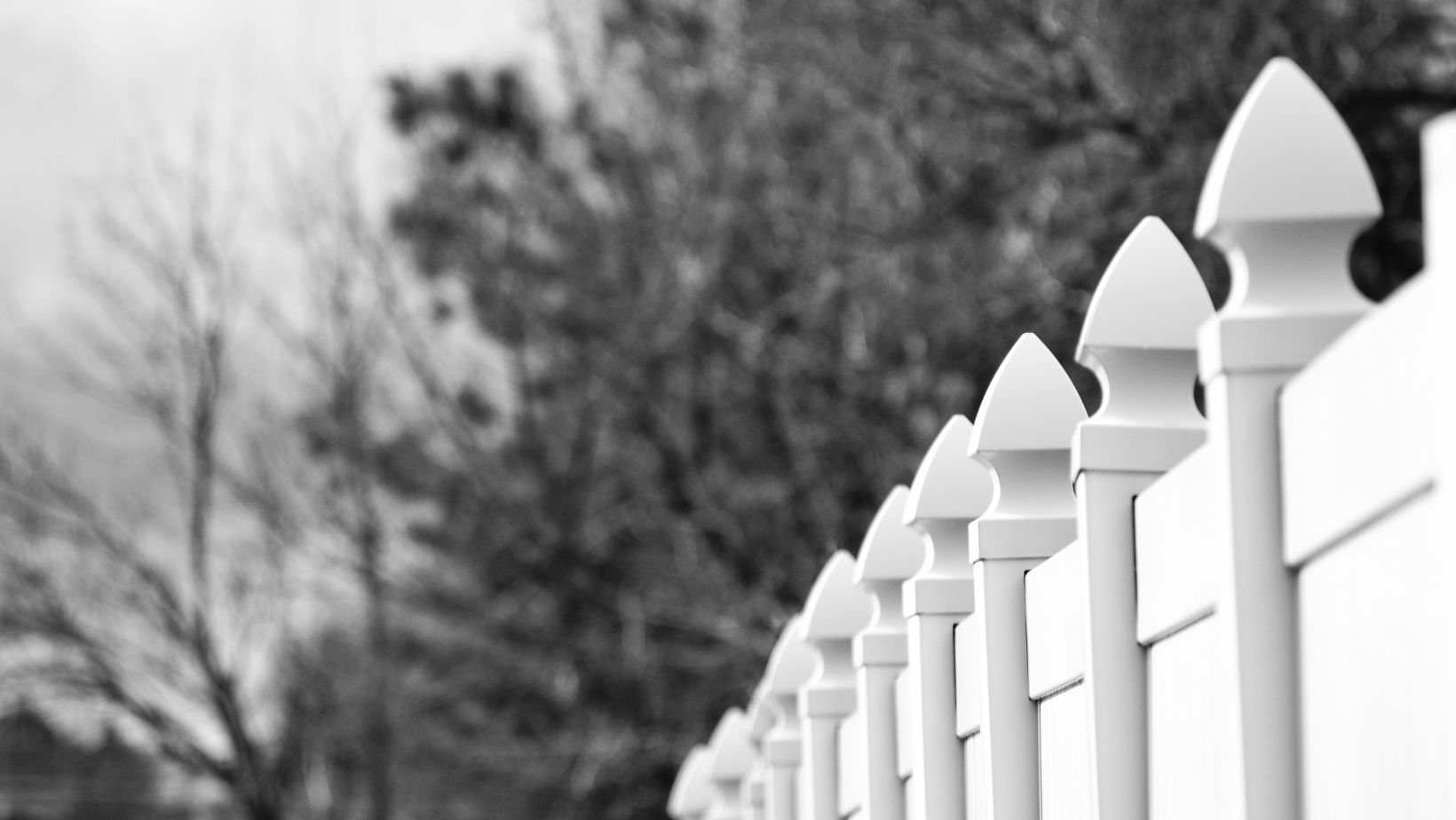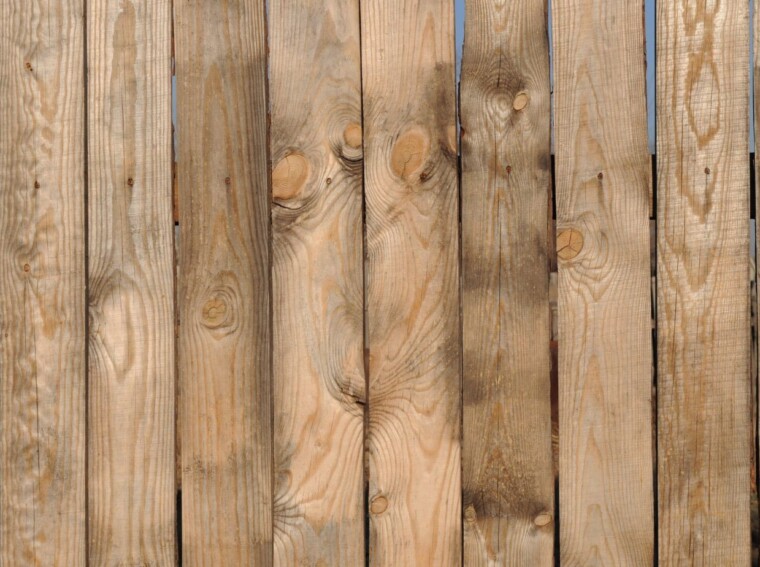However, the process often comes with its fair share of challenges, from navigating local regulations to dealing with difficult terrain. Identifying these obstacles early and understanding how to address them can save homeowners time, money, and frustration.
“One of the easiest ways to make sure your fence is installed correctly the first time is to hire someone reputable and experienced in your area” says James Ekman of Solid Fencing Co, a local fence installation company serving Madison, Wi. Professional expertise ensures that your fence is installed correctly while adhering to local guidelines and meeting your specific needs.
Understanding Local Regulations
One of the first challenges homeowners face is navigating local zoning laws and regulations. Municipalities often have specific rules regarding fence height, placement, and materials.
To avoid fines or the need for costly adjustments, research your local building codes before starting your project. One of the easiest ways to find out the regulations is to use an AI tool like Perplexity.ai to quickly research and understand the permitting requirements for your city or neighborhood.
Choosing the Right Materials
Not every fence material is right for every property and when it comes to having a smooth installation choosing the right one can make all the difference. Each material—wood, aluminum, steel, vinyl, or chain link—has its own advantages and drawbacks.
Consider factors like durability, maintenance requirements, and aesthetics when making your choice. For instance, wooden fences offer timeless appeal but require regular upkeep, while vinyl fences are low-maintenance but may lack the natural charm of wood.
Uneven Terrain and Sloping Yards
Installing a fence on uneven or sloping ground presents unique challenges for the installers. There are 4 different ways to adjust a fence for a slope. But without proper adjustments, gaps may form at the bottom of the fence, compromising security and appearance.
Techniques like racking (angling the fence panels) or stepping (adjusting panel heights) can help address these issues. Professional installers are skilled at customizing fences to fit challenging landscapes seamlessly.
Dealing with Utility Lines
Underground utility lines can complicate fence installation. Accidentally damaging these lines can result in service disruptions or costly repairs.
Before digging post holes, contact your local utility company to mark underground lines on your property. This step ensures safety and prevents unexpected delays during installation.
Weather-Related Challenges
Weather conditions can significantly impact fence installation. Rain-soaked soil may not provide adequate stability for posts, while extreme heat can cause materials like vinyl to expand or warp.
Plan your installation during favorable weather conditions whenever possible. If delays occur due to weather, ensure that materials are stored properly to prevent damage.
Budget Constraints
Fence installation costs can add up quickly, especially for large properties or premium materials. Balancing affordability with quality is a common challenge for homeowners.
To stay within budget, consider alternative materials or phased installations where sections of the fence are completed over time. Requesting multiple quotes from reputable contractors can also help you find cost-effective solutions.
Neighbor Disputes
Fences often border neighboring properties, which can lead to disagreements about placement or design. Miscommunication with neighbors may result in disputes that delay the project.
Discuss your plans with neighbors before starting construction to address any concerns they might have. Sharing costs for boundary fences can also foster cooperation and reduce financial strain.
Post Stability Issues
Fence posts serve as the foundation of your structure, so instability can compromise the entire installation. Posts that are not set deep enough or secured properly may shift over time.
Ensure that posts are buried at least a third of their length into the ground and reinforced with concrete for added stability. For areas prone to frost heave, use gravel at the base of post holes to improve drainage.
Maintenance Challenges After Installation
Even after installation is complete, maintaining your fence can be an ongoing challenge. Wooden fences may require staining or sealing every few years, while metal fences need protection against rust.
Regular inspections help identify issues early so they can be addressed promptly. Cleaning your fence periodically also prevents dirt buildup and extends its lifespan.
Hiring the Right Contractor
Finding a reliable contractor is one of the most critical steps in ensuring a successful fence installation. A lack of experience or poor workmanship can lead to costly mistakes and unsatisfactory results.
Look for contractors with overwhelmingly positive reviews and verified credentials. Asking for references or viewing previous projects can help you weed out the qualified from the unqualified. Many homeowners tend to think a fence can be price-shopped easily and to go with the lowest bidder. The problem with that is many unqualified fence installers who are also painters, landscapers, or handymen tend to skip steps like making the post holes too shallow, not installing enough crossbeam support, or skipping steps that would make the fence stand stronger and longer. It’s hard to tell the difference if you aren’t out there looking for it, but when your fence blows down only a couple of years after installation you then know you were given a subpar product.
By addressing these common challenges head-on, homeowners can enjoy a smooth fence installation process that enhances their property’s value and functionality. Whether tackling uneven terrain or navigating local regulations, preparation and expert guidance are key to overcoming obstacles effectively.
